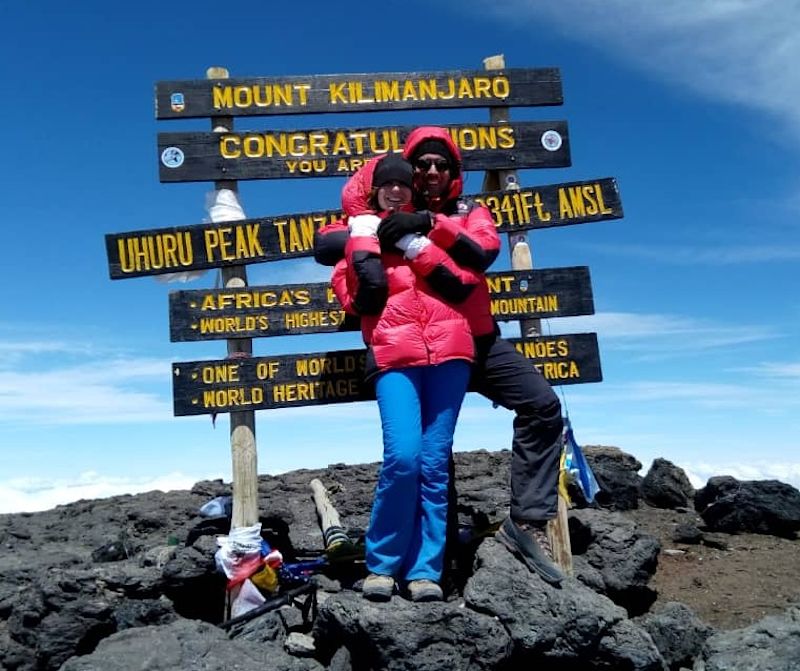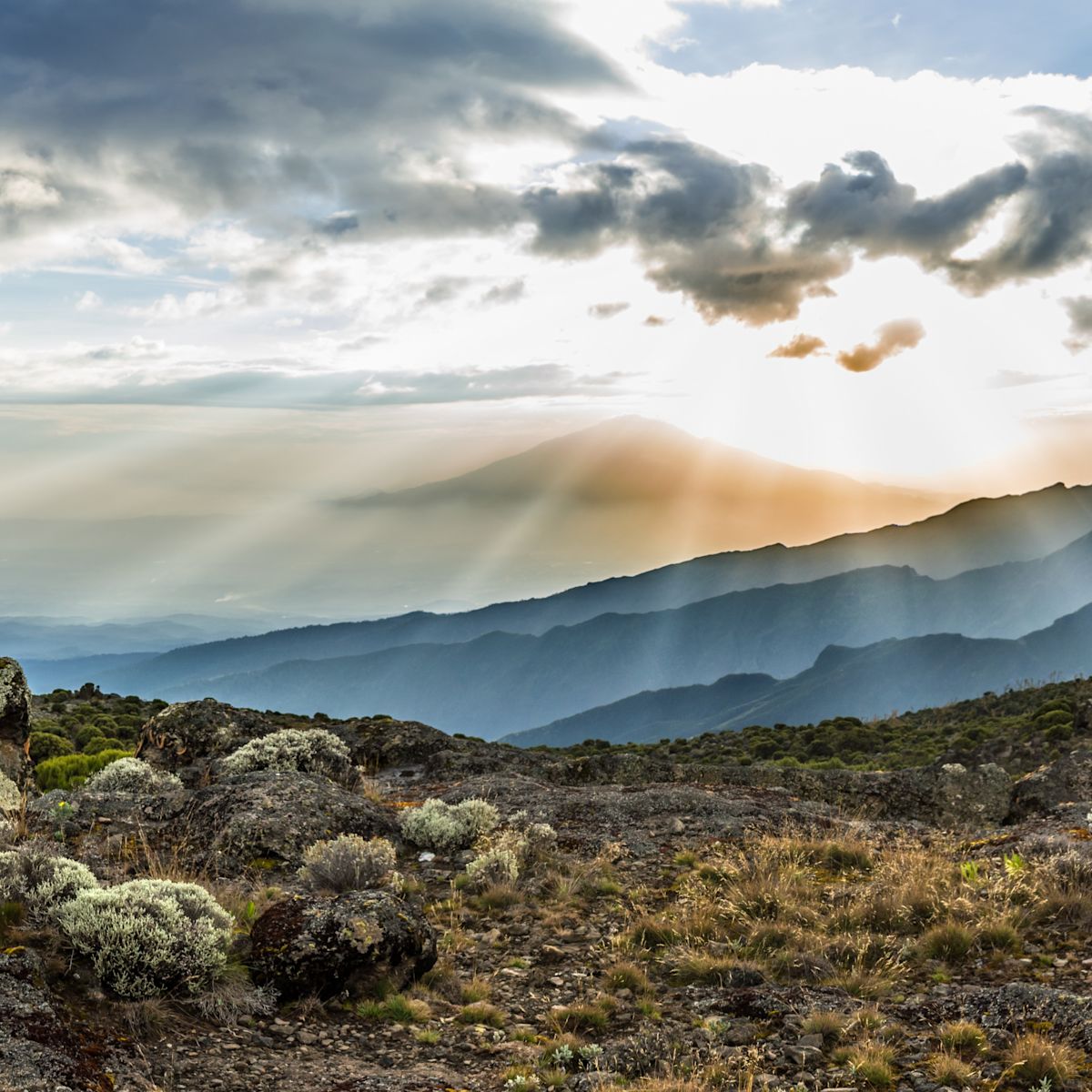
Machame vs Northern Circuit
The Machame and Northern Circuit are both excellent Kilimanjaro routes. But they're very different. We discuss the details of each, as well as their pros and cons, to help you decide which is the better option for you. We also offer our own recommendation.
Quick facts about each route
Machame route
Total distance: 62 km / 39 miles Starting point: Machame Gate (1,640 m) End point: Mweka Gate Duration: 6 or 7 days Summit success rate: Medium Busyness: High
Northern Circuit (or Grand Traverse)
Total distance: 98 km / 61 miles Starting point: Lemosho Gate (2,100 m) End point: Mweka Gate Duration: 9 days Summit success rate: Very high Busyness: Low
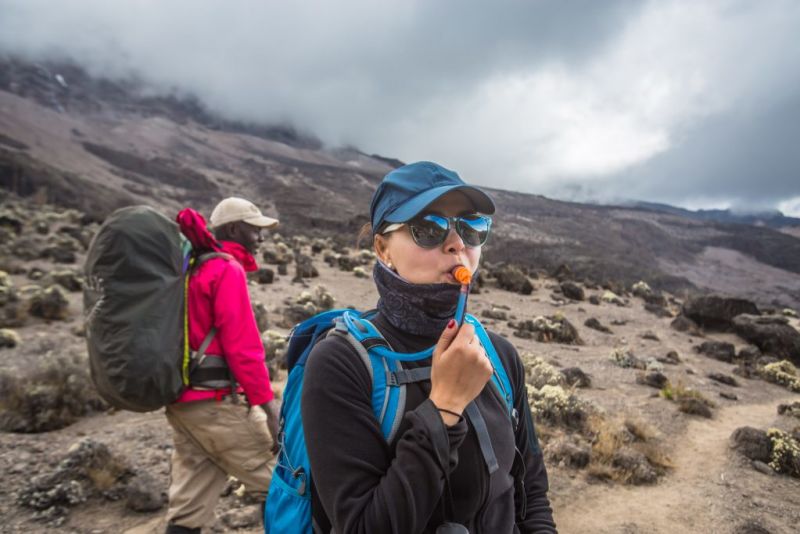
Maps of the Machame
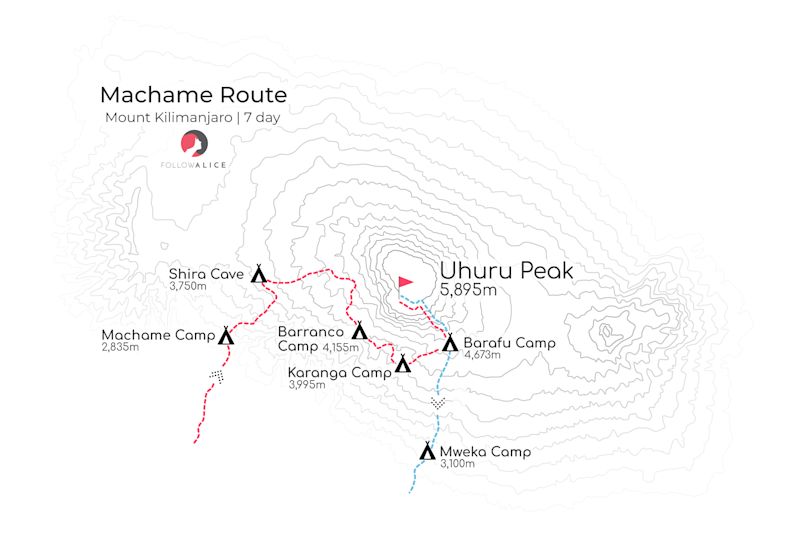
Map of the Northern Circuit

Machame route overview
Route description
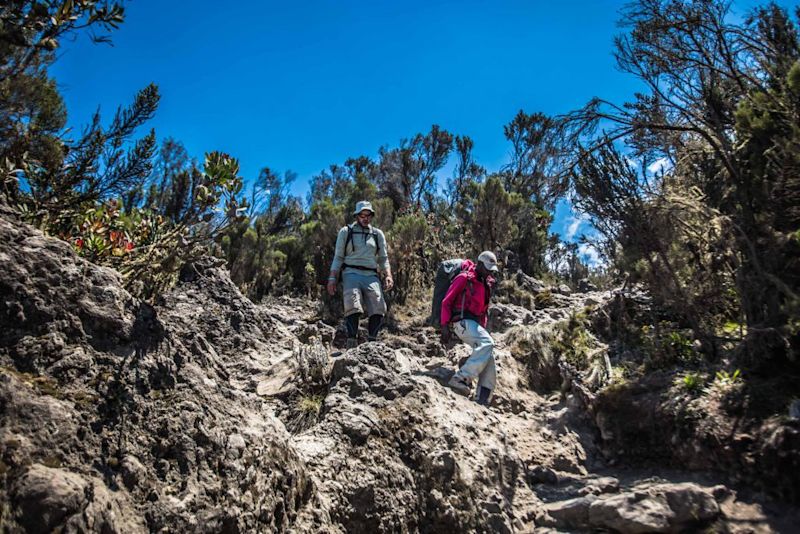
Northern Circuit overview
The Northern Circuit is a fantastic route as it's very pretty and it has the highest summit success rate of all the Kilimanjaro routes!
Route description
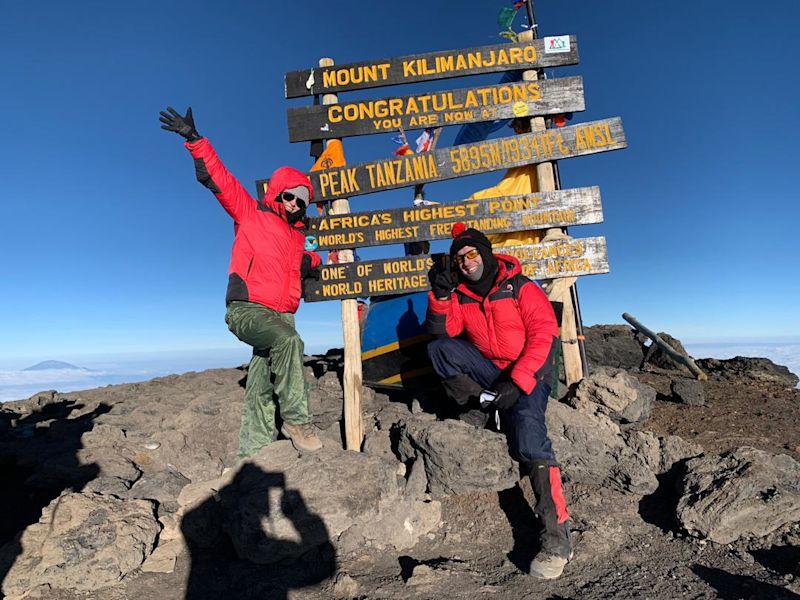
Trailhead altitudes
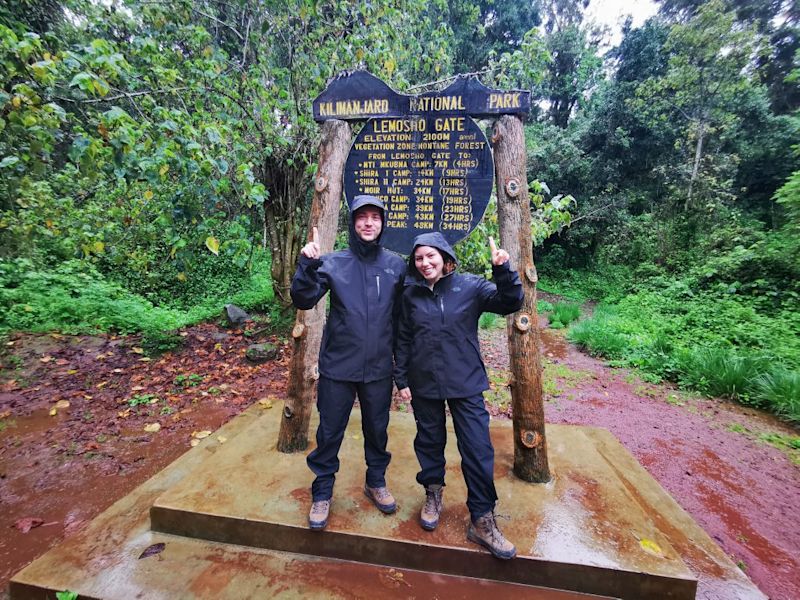
You don't want to start your climb at a very high altitude as you're then more likely to develop altitude sickness.
Distance and duration
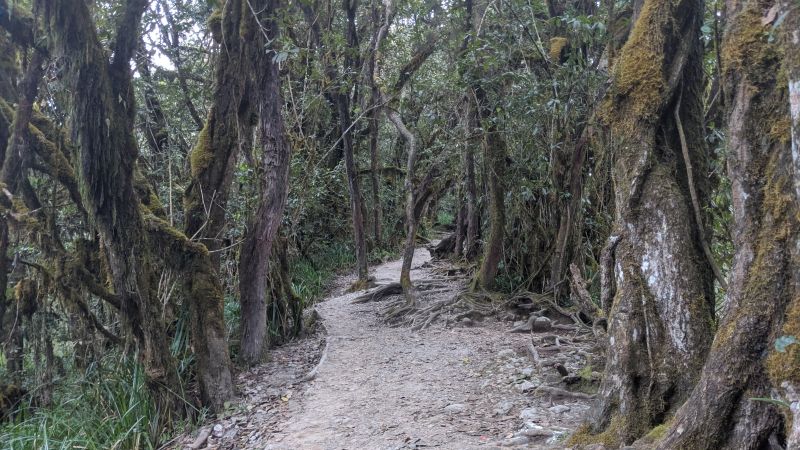
Steepness and trail difficulty
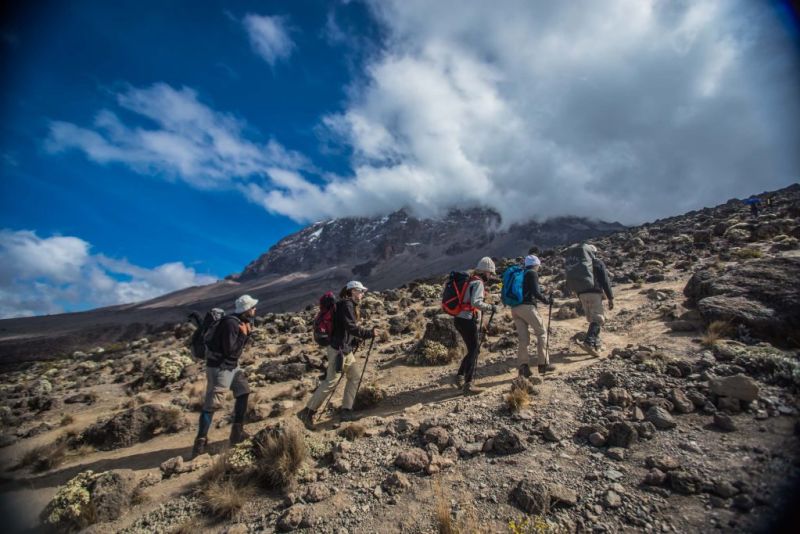
Barranco Wall
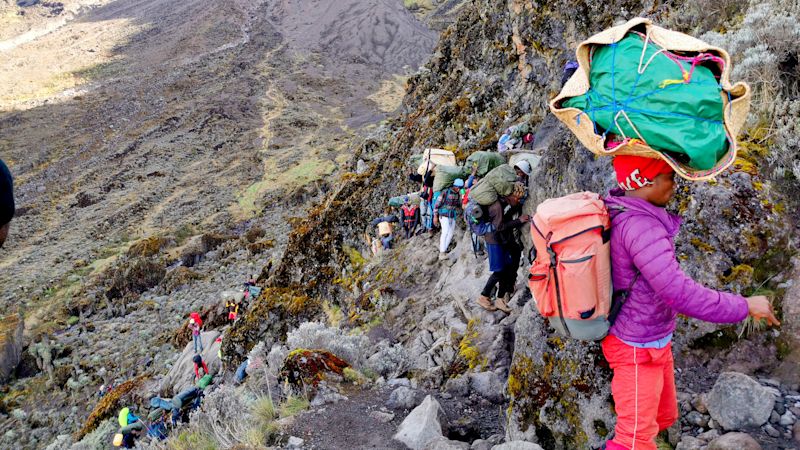
Crowds
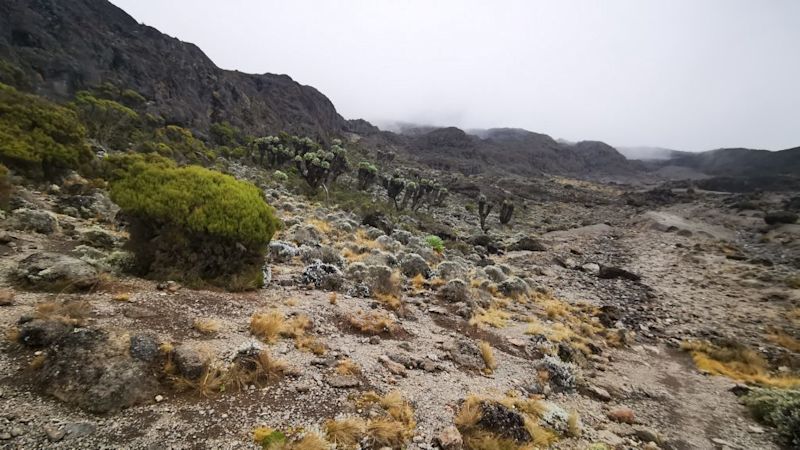
Campsites
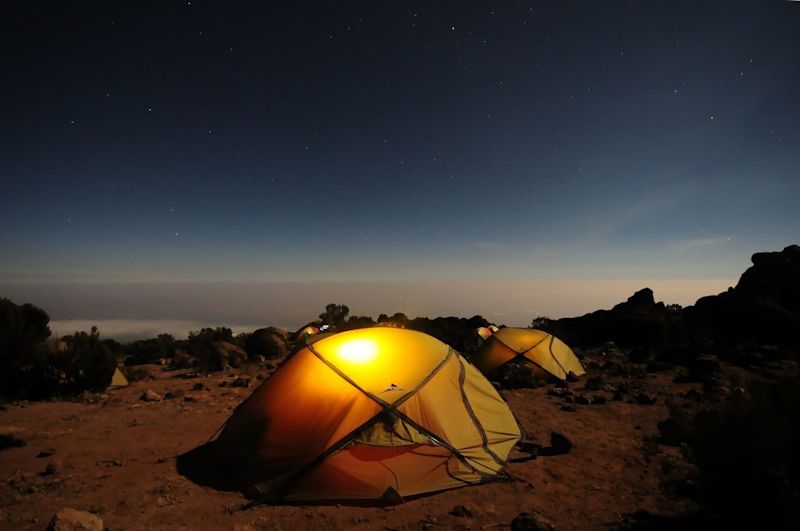
Scenery and animals

Acclimatisation and success rate
There would be a youtube video here.
Sadly, the youtube player requires cookies to work.
Climb high and sleep low
Both routes allow for good acclimatisation by having you climb high and then drop back down for a night or two.
The route with the higher success rate
